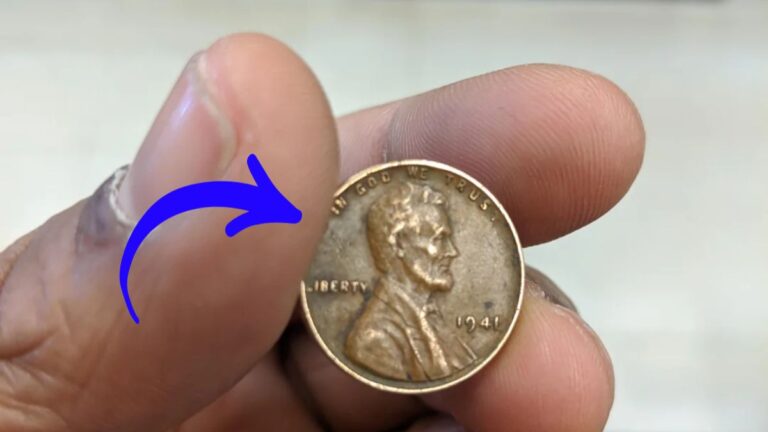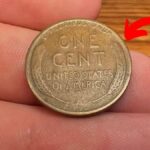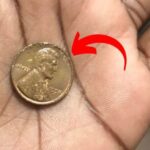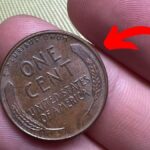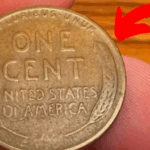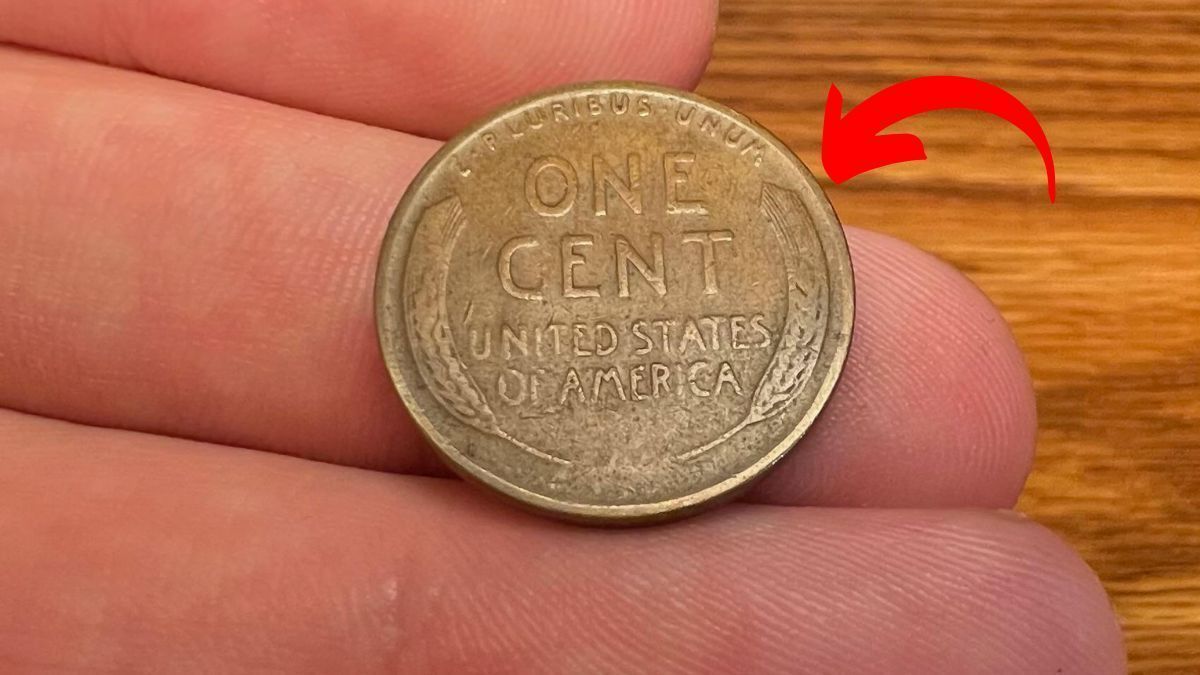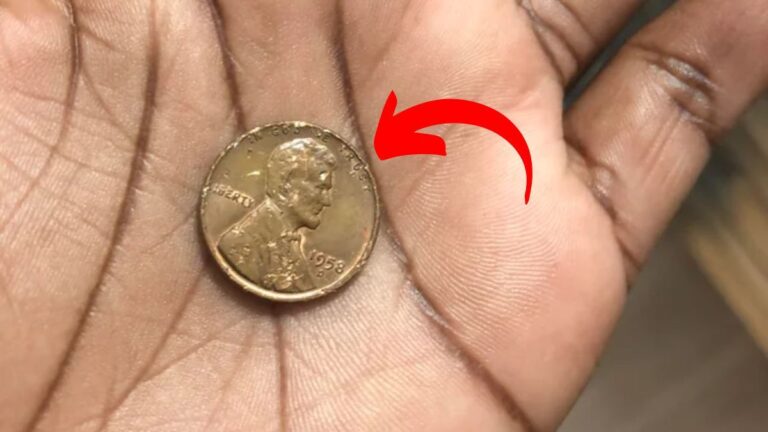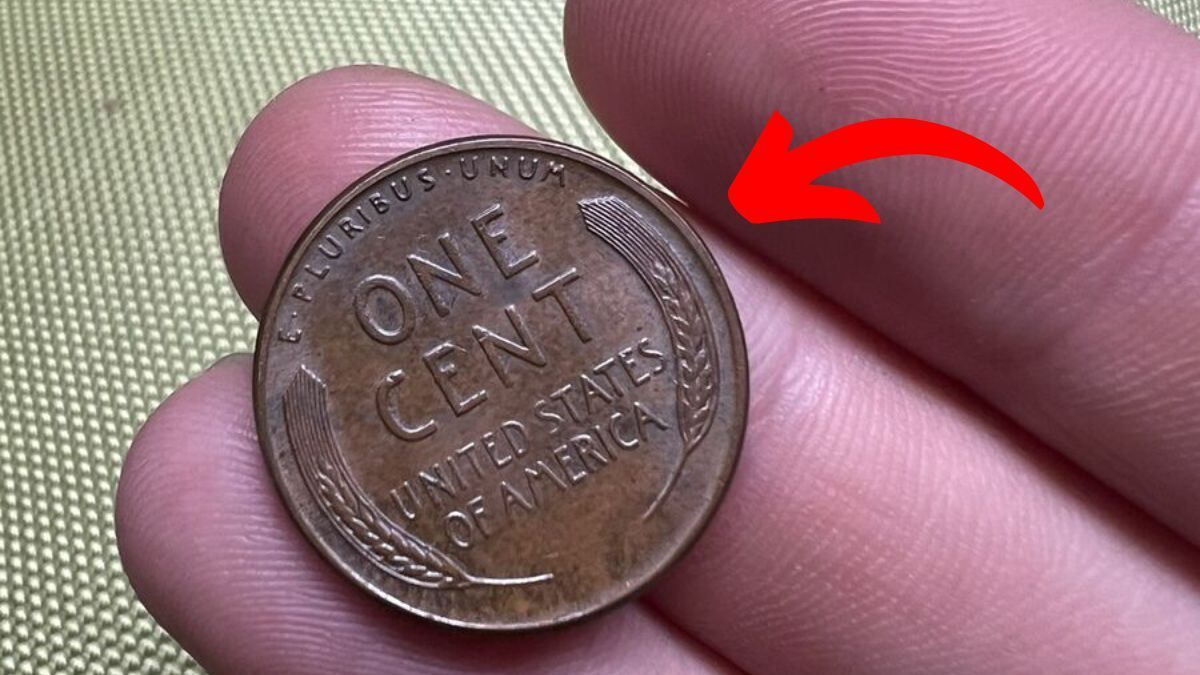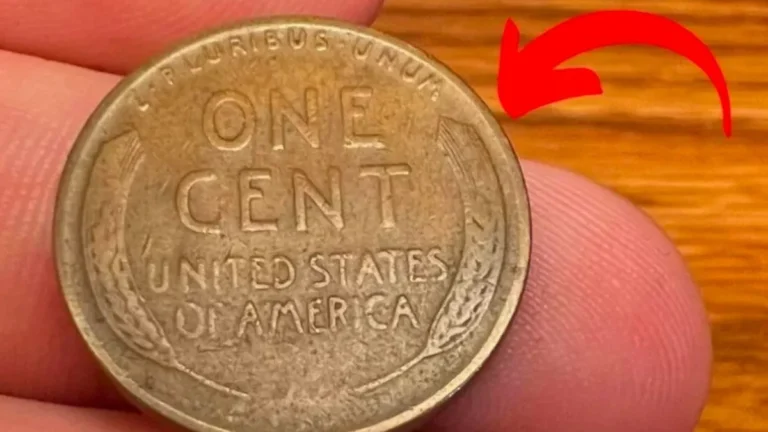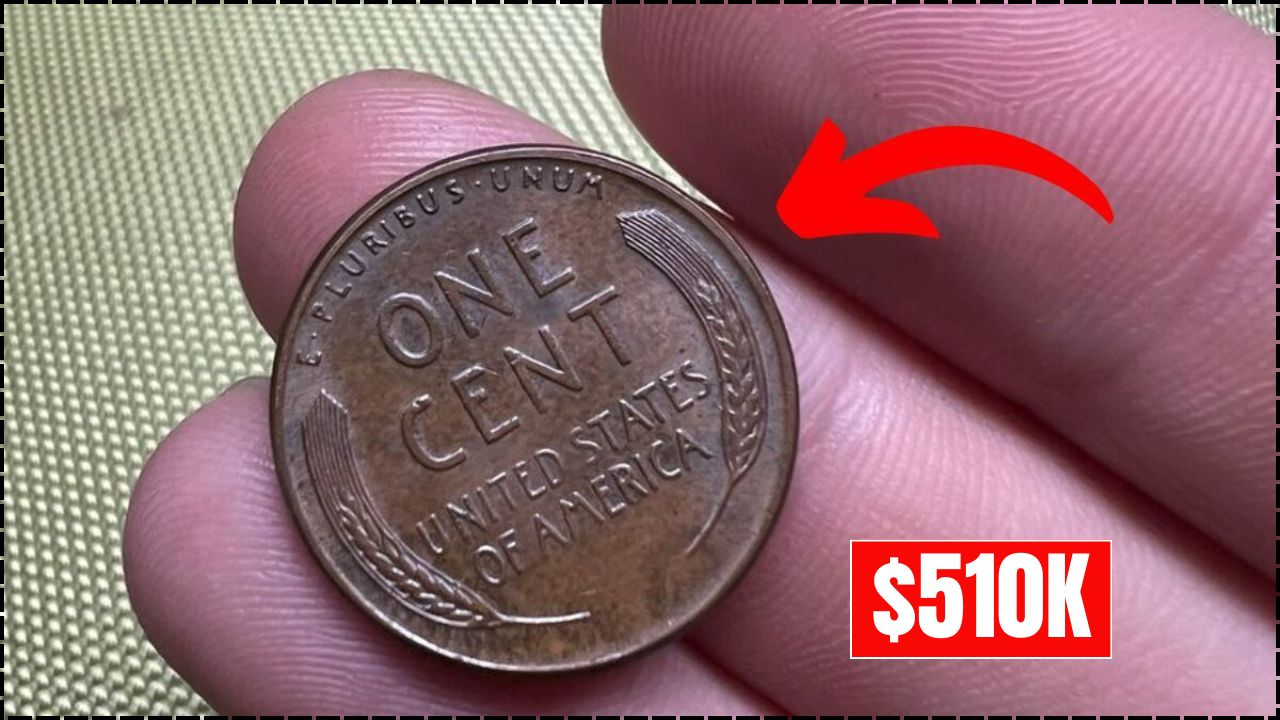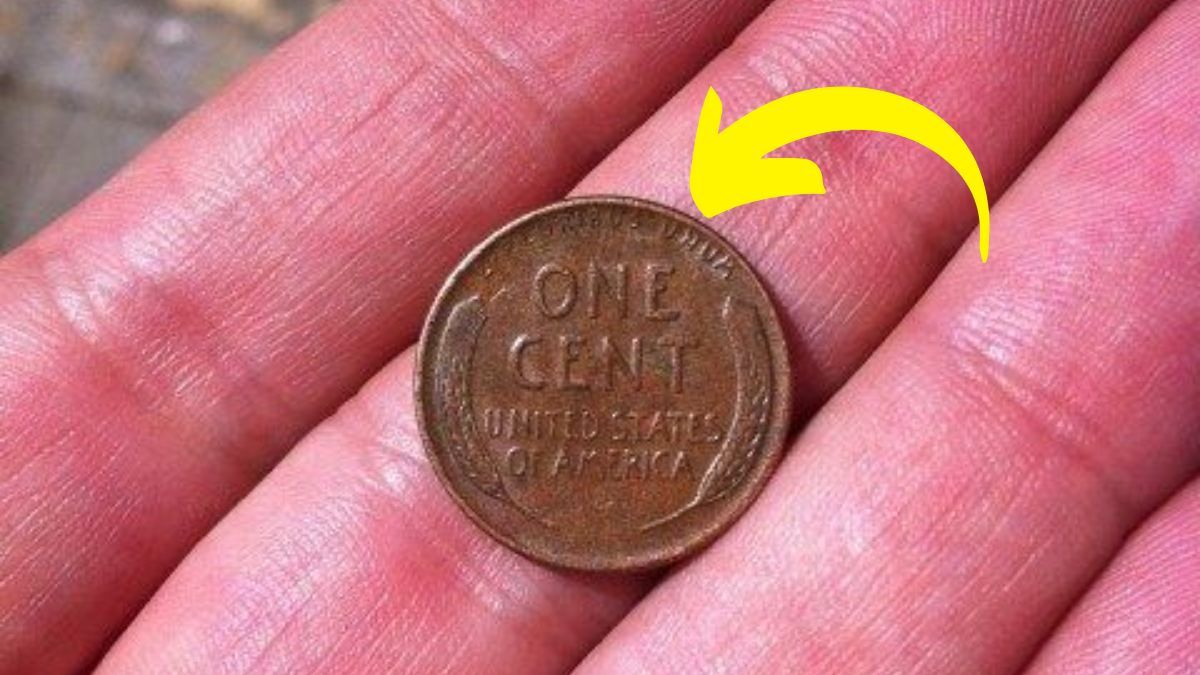Lincoln Wheat Penny Valued at $4.1 million: Have you ever considered that a simple penny in your pocket could be worth millions? It sounds like fantasy, but for a few lucky individuals, this dream has become reality. Among the billions of Lincoln Wheat Pennies produced between 1909 and 1958, a handful of rare specimens have become some of the most valuable coins in existence, with one particularly exceptional example selling for an astonishing $4.1 million. Unlike precious gems or artwork that are carefully guarded in vaults, these valuable pennies sometimes remain in circulation, passing from hand to hand unnoticed. Every time you receive change, there’s a slim but tantalizing possibility that you might be handed a coin worth more than a luxury mansion. This extraordinary potential makes the humble penny a subject of fascination for both serious collectors and ordinary people alike.
The Historical Significance of the Lincoln Wheat Penny
The Lincoln Wheat Penny holds a special place in American numismatic history as a groundbreaking coin. Introduced in 1909 to commemorate the 100th anniversary of Abraham Lincoln’s birth, it represented a significant departure from previous coin designs. Before the Lincoln cent, no U.S. circulating coin had ever featured the portrait of an actual person – earlier designs typically showcased symbolic figures like Lady Liberty. The obverse (front) of the coin displays Lincoln’s dignified profile, while the reverse features two wheat stalks elegantly framing the words “ONE CENT” and “UNITED STATES OF AMERICA.” This distinctive wheat design remained in production for nearly half a century before being replaced by the Lincoln Memorial design in 1959, making it a beloved and recognizable part of American currency for generations.
Why Some Lincoln Wheat Pennies Command Millions
The extraordinary $4.1 million valuation of certain Lincoln Wheat Pennies stems from a unique combination of historical significance, extreme rarity, and specific minting errors. The most famous and valuable variant is the 1943 copper penny, created through a remarkable wartime mistake. During World War II, the U.S. government designated copper as a critical material essential for military equipment and ammunition. To conserve this vital resource, the U.S. Mint switched from using copper to zinc-coated steel for penny production in 1943. However, a small number of copper planchets (blank discs used for striking coins) from 1942 accidentally remained in the presses and were struck with the 1943 dies, creating copper pennies that were never meant to exist.
The Extreme Rarity of the 1943 Copper Penny
The scarcity of the 1943 copper Lincoln Wheat Penny cannot be overstated. Of the billions of pennies minted that year, almost all were made of zinc-coated steel, giving them a distinctive silvery appearance. Only around 20 copper examples are known to exist today, making them among the rarest U.S. coins ever produced. This extraordinary rarity, combined with the compelling story behind their accidental creation, has driven their value to astronomical heights. While most Lincoln Wheat Pennies are worth only a few cents or dollars, the 1943 copper cent stands as a numismatic legend that continues to capture the imagination of collectors worldwide. Other valuable variants include the 1909-S VDB cent (featuring the designer’s initials) and certain error coins with double-die strikes.
The Record-Breaking $4.1 Million Sale
The journey of a Lincoln Wheat Penny to a $4.1 million valuation involves rigorous authentication and expert verification. Before commanding such an astronomical price, the coin underwent extensive testing by numismatic specialists who confirmed its authenticity beyond any doubt. Metallurgical tests verified that it was indeed made of copper rather than the standard 1943 steel composition, and microscopic analysis confirmed the original minting characteristics that distinguish genuine specimens from counterfeits. When this extraordinary penny reached auction, it sparked an intense bidding war among passionate collectors eager to own this piece of numismatic history. The final sale price of $4.1 million shattered previous records and demonstrated the incredible premium placed on coins that represent significant historical anomalies.
How to Identify a Potentially Valuable Lincoln Wheat Penny
For those hoping to discover a valuable treasure in their spare change, several key features can help identify a potentially valuable Lincoln Wheat Penny. Start by checking the date – the 1943 copper penny is the most valuable, but other years including 1909-S, 1914-D, and 1931-S are also highly sought after by collectors. Next, examine the mint mark, which appears as a small letter below the date on the obverse side. Pennies from the San Francisco Mint (marked with an “S”) are typically more valuable than those from Philadelphia (no mint mark) or Denver (marked with a “D”). For the legendary 1943 penny, conduct a simple magnet test – steel pennies will stick to a magnet, while the rare copper versions will not show any magnetic attraction.
The Weight and Appearance Tests
Additional methods can help determine if you’ve found something special. Weight provides another important clue when identifying a potentially valuable 1943 penny. Copper pennies weigh approximately 3.11 grams, noticeably heavier than the steel versions at 2.7 grams. The color difference is also apparent – genuine copper pennies have the traditional reddish-brown hue, while the common 1943 steel cents have a distinctive silvery appearance. Finally, examine the coin for any minting errors such as double strikes, off-center images, or other anomalies that might increase its value. While finding a multi-million dollar penny is extremely unlikely, these identification methods can help you spot valuable coins that might otherwise go unnoticed.
The Possibility of Finding a Multi-Million Dollar Penny Today
While finding a $4.1 million penny may seem like an impossible dream, experts agree that it remains within the realm of possibility. Some of these rare Lincoln Wheat Pennies are still unaccounted for and could be hiding in plain sight – perhaps in an old jar of coins on someone’s shelf, a forgotten collection inherited from a relative, or even still circulating in everyday commerce. Bank rolls of pennies have occasionally yielded valuable finds, and estate sales sometimes feature unrecognized treasures. The fact that new specimens of rare Lincoln Wheat Pennies continue to be discovered suggests that others may still be out there, waiting to be found. This possibility adds an element of excitement to examining ordinary pocket change.
Tips for Aspiring Coin Collectors
If you’re interested in starting your own search for valuable pennies, begin by examining any old coins you might have around your home. A magnifying glass or coin loupe can help you spot important details like mint marks and potential errors. Educate yourself about the specific characteristics of valuable pennies through books, online resources, or numismatic communities. Consider joining a coin collecting club where you can learn from experienced collectors and gain insights into identifying valuable specimens. If you believe you’ve found something special, avoid cleaning the coin, as this can significantly reduce its value. Instead, store it carefully and have it evaluated by a professional numismatist or reputable grading service like Professional Coin Grading Service (PCGS) or Numismatic Guaranty Corporation (NGC).
The Deeper Appeal of Coin Collecting
The fascination with rare coins like the valuable Lincoln Wheat Penny extends beyond their monetary worth. These small metal discs serve as tangible connections to history, offering glimpses into the economic, social, and political circumstances of their time. The 1943 copper penny, for instance, tells the story of America during World War II, when even everyday currency was affected by wartime material shortages. Numismatics – the study and collection of coins – combines elements of history, art, economics, and the thrill of treasure hunting. Whether you’re a serious collector or simply someone who now checks their change more carefully, the possibility of discovering something valuable among ordinary coins adds an element of excitement to everyday life and provides a unique connection to the past.
Disclaimer
This article is provided for informational purposes only. While efforts have been made to ensure accuracy, coin values fluctuate based on market conditions, collector interest, authentication status, and individual specimen quality. The $4.1 million valuation mentioned represents exceptional auction results for authenticated specimens in optimal condition and should not be considered guaranteed for similar finds. Readers should be aware that numerous counterfeit coins exist in the marketplace, including altered dates and copper-plated steel cents designed to mimic valuable rarities. Professional authentication by reputable grading services is essential before making any significant purchasing decisions or claims about a coin’s value. Remember that improper cleaning or handling of coins can dramatically reduce their collector value. If you believe you’ve found a rare coin, consult with reputable numismatic experts for proper evaluation and guidance.
